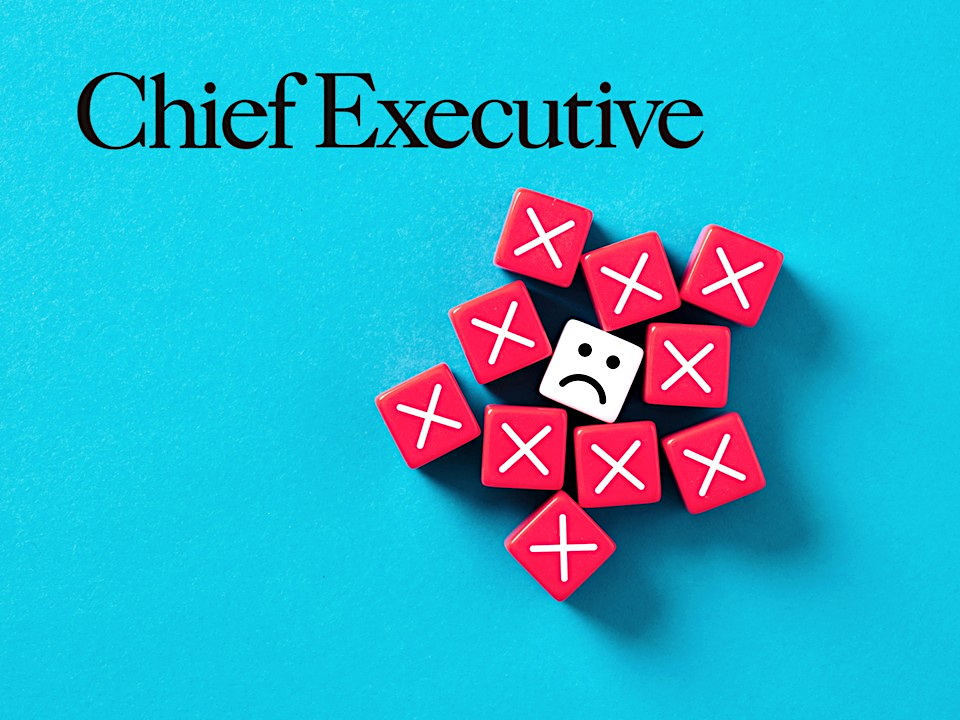Originally published in Fierce Healthcare, July 2025
Healthcare organizations adopting cutting-edge technologies like AI are racing ahead with implementation plans to ensure they don’t fall behind in the coming wave of disruption. Unfortunately, many will find themselves outside the winners’ circle, contending with the same persistent challenges that make it difficult to deliver high-quality care and maintain financial sustainability.
Such organizations are poised to realize that while their implementations might come in on time and on budget, the underlying breakthrough tech they’ve adopted yields little—or not enough—impact or return.
This reflects the reality that while such implementations can drive meaningful benefits, they don’t change the underlying mechanics of value creation or care delivery, or the way these imperatives drive strategy. They also don’t change workplace norms or human behaviors, and—in fact—have the potential to alter organizational dynamics and workflows in ways that make existing problems worse and/or create new, unexpected challenges.
To truly take advantage of AI and other advanced tools, healthcare leaders must fully examine and intentionally influence how their people interact with newly adopted tools. This requires a shift in thinking that replaces any vision of technology with “humans interacting with technology”—a more accurate representation that primes leaders to make savvier tech-related decisions, and empowers organizations to reach and exceed their financial, operational, and clinical objectives.
For example, healthcare leaders who understand how people and technology best work together are better poised to insert their own wisdom and experience into investment and implementation processes. They’re more capable of seeing past trendy one-off tools in favor of those that serve as real strategic levers.
What’s more, leaders who deeply internalize the interplay between people and new technologies will more clearly recognize the importance of making strong use cases for adoption, alleviating employees’ potential fears, and driving robust change management to combat inertia and resistance.
The necessity of such work is irrefutable. An American Medical Association survey (PDF) published in February 2025 found that 25% of the physicians using AI are more concerned than excited about the tech.
In addition, a March 2025 study by generative AI platform Writer found that 31% of employees—including 41% of Gen Z workers—admit to “sabotaging” their company’s AI strategy by refusing to adopt AI. As a result, roughly two-thirds of executives say adoption efforts have led to tension and division within their organization, with 42% suggesting it’s “tearing their company apart.”
Given the existing tensions that are all too common among healthcare provider organizations, these data should serve as a significant cause for concern. Leaders would be wise to help mitigate such escalating issues by implementing implementation-focused people-first strategies, for example:
- Tell a compelling story about the “why.” In order for those working in healthcare to internalize, accept and fully utilize new and emerging technologies, they need to deeply understand what’s driving their organization to adopt them in the first place. This requires more than a simple explanation in a one-off email or communications cadence but the ability of top leaders to deliver a compelling, authentic, consistent narrative that allows their people to believe, comprehend, and appreciate the rationale behind the implementation—the all-important “why.”
- Focus technologies on areas of greatest impact. With vendors selling every tech-enabled solution under the sun, healthcare leaders must focus their organizations’ attention and resources on tools that matter most from a big-picture perspective. That requires them to identify and select innovations that they will have the most meaningful impact on organizational performance and outcomes, taking the strategic lead on these efforts even if they’re still educating themselves on the technologies.
- Make implementation the starting point, not the end goal. While healthcare entities are closely tracking the progress of their AI implementations to ensure solutions are delivered on time and on budget, the work is not in any way complete when the implementation itself is finished. Rather, this juncture marks the starting point at which organizations and teams must begin ensuring they realize key improvements and enhancements in order to make the tech investments worthwhile.
- Consider the systemic impact of technological changes. Like many healthcare interventions, technologies have the ability to solve problems while creating new ones. Implementations that don’t account for this reality risk leaving entities exposed to a variety of unexpected, significant challenges unless leaders are proactive about identifying unforeseen implications and connections, and address them through a variety of tools, from workstream design to communications and training.
- Meet your people where they are. Keep in mind that top leaders spend extensive time and energy contemplating the wisdom of changes before driving them forward, but employees in organizations engaged in transformations are granted little such runway. Intellectually and emotionally, they’re playing catch-up with the C-suite and board, and thus require patience and understanding on the part of leaders as well as highly tailored communication and direction that creates and enhances alignment.
- Foster organization-wide change agility. Beyond implementing the latest technologies available today, healthcare leaders should be preparing their organizations for ongoing implementations, understanding that new innovations, modules, and iterations will quickly emerge, especially as AI becomes increasingly powerful. These evolutions will require healthcare organizations to shed their legacy cultures of change resistance in favor of change agility.
- Stay focused on leading your organization through this transformational moment. With the competing priorities faced by CEOs and COOs, it’s tempting for them to delegate much or even all of their tech implementation efforts. Yet the gravity of this moment requires their active participation and leadership across all stages of the adoption work, from shaping the narrative to outlining critical success factors, to communicating the importance of the change.
Fundamentally, today’s transformational moment for healthcare is as rooted in people issues as it is in technology issues, necessitating human capital-oriented approaches that allow organizations to fully maximize the opportunity. Healthcare investors and management leaders who internalize this reality can best harness the power of novel technologies as a means of driving transformational, profitable, and sustainable improvements in their organizations and across the industry.
Read this article as it originally appeared in Fierce Healthcare here.
About The Author
Dr. Matt Brubaker
Matt Brubaker is Chairman and CEO of human capital advisory firm FMG Leading. Dr. Brubaker’s client work focuses on helping C-Suite leaders, boards, and investors navigate the complex people-related dynamics associated with rapid growth, pivots in strategy, and sustainable transformation, with a growing focus on Private Equity firms and their portfolio companies.















